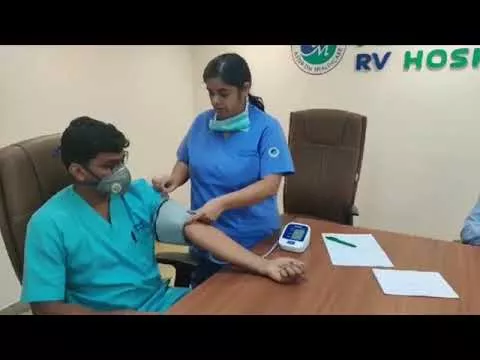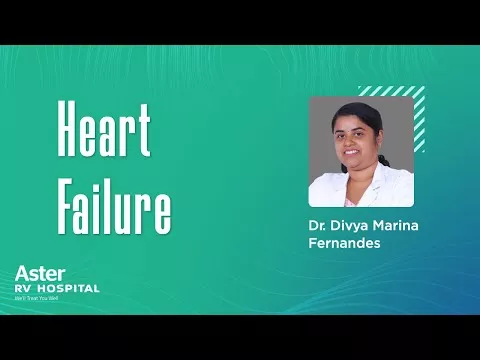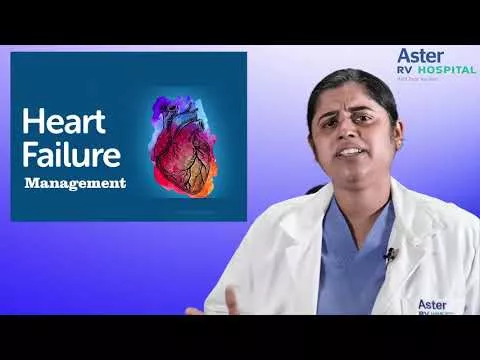Case:
A 60 year old man with advanced chronic liver disease underwent evaluation for Liver Transplant at Aster RV Hospital, Bangalore. During the pre-transplant assessment, he was found to have NYHA Class III angina. He underwent coronary angiography at his hometown and was found to have severely calcific coronary artery disease. In the same hospital, a Coronary angioplasty was attempted but failed due to severe calcification of the lesions. Due to advanced liver disease he was not a candidate for CABG surgery. Therefore, he was taken up for a combined Rotablator-Intravascular Lithotripsy (Rota-Tripsy)procedure.
Discussion:
Coronary calcium is among the most daunting challenges encountered during coronary angioplasty and stenting. Inability for the angioplasty balloons or the coronary stents to negotiate the calcified narrowing, incomplete dilatation of the narrowed segment even with high pressure dilatations, and incomplete expansion of the stents due to unyielding calcium are major technical problems. During the procedure, dissection or even perforation or rupture of the diseased coronary artery can lead to serious morbidity or mortality. Calcific lesions with incompletely expanded stents are at high risk of stent thrombosis and Instent restenosis. Several techniques have been employed to tackle the problem of coronary calcium during angioplasty. Use of High-pressure noncompliant balloons, scoring balloons, cutting balloon are some of the conventional techniques. Rotablation is an excellent technique to debulk the luminal calcium to create passage for balloons and stents to negotiate and be deployed. A novel technology is Intravascular lithotripsy: a balloon embedded with sonic emitters that breaks the calcium using high frequency ultrasound waves thus enabling expansion of the lesion. IVL is among the safest options for such patients.
Procedure:
Angioplasty procedure was conducted under local anesthesia and Cardiothoracic surgery standby. The coronary guidewire was negotiated, but the Intravascular lithotripsy balloon or even the smallest available coronary balloon couldn't cross the lesion. The coronary guidewire was exchanged for a rotablator wire. A 1.5 mm rotablator burr was used to drill through the narrow calcific segment. Subsequently a IVL balloon of 3 mm diameter was used to dilate and shockwaves were applied to the heavily calcific segment to break up the calcium. Subsequent placement of a 3.5x28 mm stent was smooth and full expansion of the stent was achieved. The patient has completed two months of follow-up and is awaiting liver transplant surgery. In patients with balloon-uncrossable calcific coronary lesions sequential use of Rotablation followed by Intravascular lithotripsy (Rota-Tripsy)ensures optimal stent deployment reducing risk of immediate complications as well as good long term outcomes.













